We put the Huawei Mate 50 Pro through our rigorous DXOMARK Audio test suite to measure its performance both at recording sound using its built-in microphones, and at playing audio back through its speakers.
In this review, we will break down how it fared in a variety of tests and several common use cases.
Overview
Key audio specifications include:
- Two speakers (Top center, bottom right)
- No Jack audio output
Scoring
Sub-scores and attributes included in the calculations of the global score.
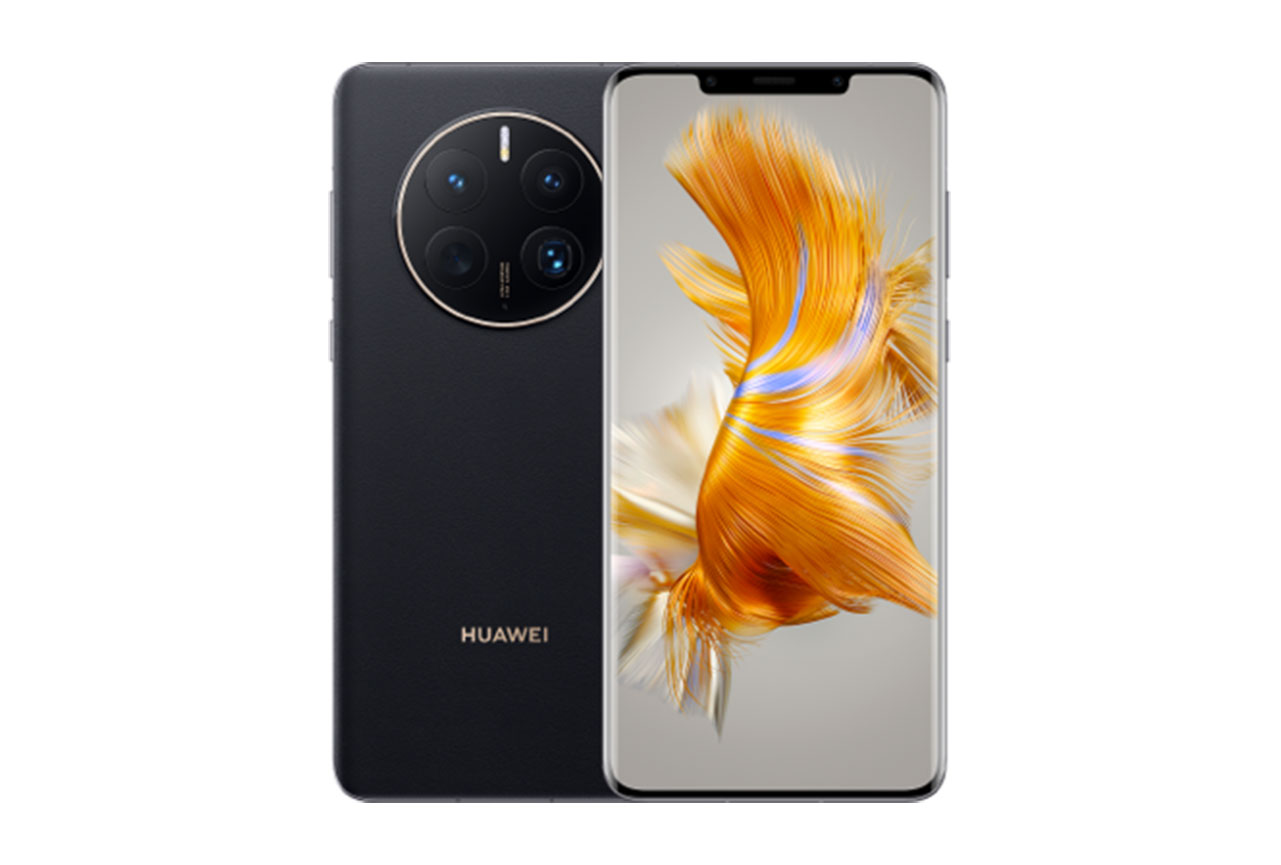
Huawei Mate 50 Pro


 11th
11th 6th
6thPlayback
Pros
- Good tonal balance overall
- Good dynamics and spatial performances
- Good volume performance
Cons
- Wideness rendition could be better considering the device’s dimensions
- Inconsistent tonal balance at maximum volume
Recording
Pros
- Effective noise reduction
- Memo recordings in stereo
- Effective audio zoom feature
Cons
- Mediocre tonal balance in most recordings except life video
- Slightly stronger than average distortion
- Heavy background processing results in a poor background tonal balance and very noticeable artifacts
The Huawei Mate 50 Pro is a good smartphone for audio playback, delivering a pleasant sound signature and overall experience, with good tonal balance as well as good dynamics, spatial and volume performances.
The smartphone also offered some nifty features as well in the recording area, including audio zoom and a very effective background noise reduction. However, the Mate 50 Pro did not quite perform at the same level as in playback, lacking consistency between use cases.
Test summary
About DXOMARK Audio tests: For scoring and analysis in our smartphone audio reviews, DXOMARK engineers perform a variety of objective tests and undertake more than 20 hours of perceptual evaluation under controlled lab conditions.
(For more details about our Playback protocol, click here; for more details about our Recording protocol, click here.)
The following section gathers key elements of our exhaustive tests and analyses performed in DXOMARK laboratories. Detailed performance evaluations under the form of reports are available upon request. Do not hesitate to contact us.
Playback
Huawei Mate 50 Pro
163
DXOMARK engineers test playback through the smartphone speakers, whose performance is evaluated in our labs and in real-life conditions, using default apps and settings.
The Mate 50 Pro is an excellent smartphone for audio playback, offering an overall nice timbre and homogeneous tonal balance, with clear treble, pleasant midrange and a satisfying lower part of the spectrum. It also did very well in our dynamics tests, thanks to sharp and precise attack as well as great bass precision and punch. The Huawei created a fairly wide audio scene, but given the device’s large dimensions, we would have expected even more. Localizability was great, with individual sound sources easy to pinpoint, and balance and distance rendering were both accurate.
The Mate 50 Pro also delivered a good volume performance, with good intelligibility at minimum volume and a very loud (but slightly harsh sounding) maximum volume level. Audio artifacts were fairly well under control, but some compression and distortion were noticeable at maximum volume.
Listen to the tested smartphone’s playback performance in this comparison with some of its competitors:

Timbre
Huawei Mate 50 Pro
158
The Timbre score represents how well a phone reproduces sound across the audible tonal range and takes into account bass, midrange, treble, tonal balance, and volume dependency. It is the most important attribute for playback.

Dynamics
Huawei Mate 50 Pro
149
The Dynamics score measures the accuracy of changes in the energy level of sound sources, for example how precisely a bass note is reproduced or the impact sound from drums.
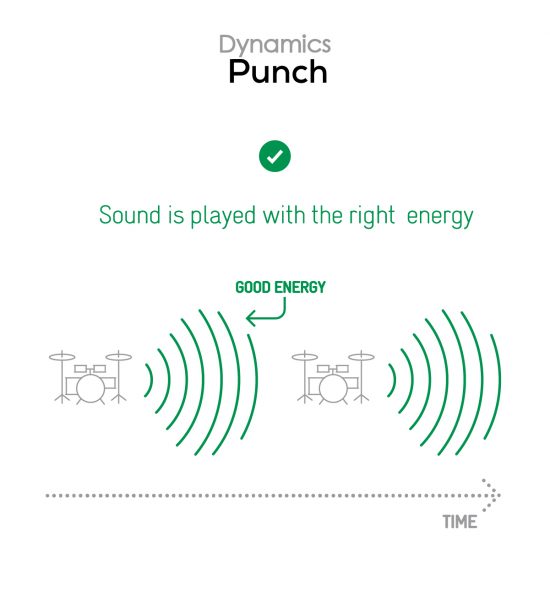
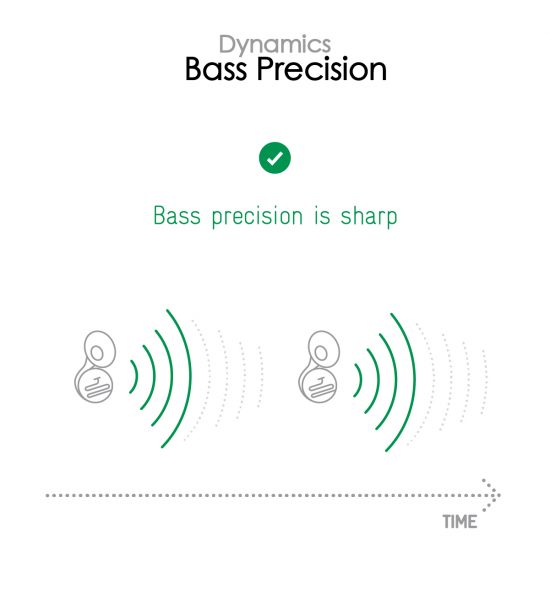

Spatial
Huawei Mate 50 Pro
162
The sub-attributes for spatial tests include pinpointing a specific sound's location, its positional balance, distance, and wideness.

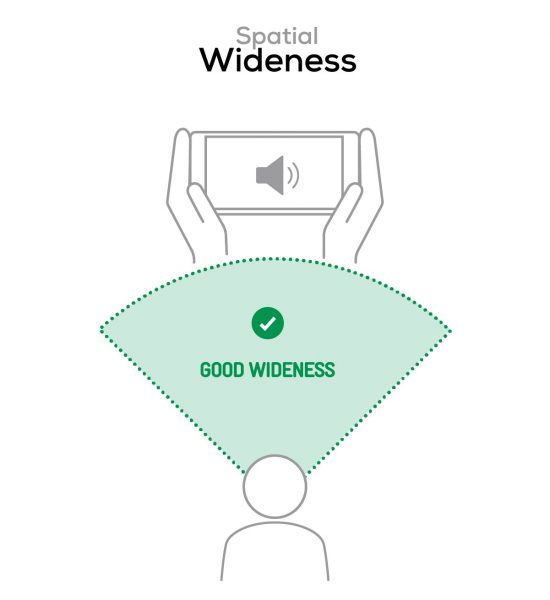

Volume
Huawei Mate 50 Pro
162
The Volume score represents the overall loudness of a smartphone and how smoothly volume increases and decreases based on user input.
| Hip-Hop | Classical | |
| Huawei Mate 50 Pro | 74.8 dBA | 71.1 dBA |
| Apple iPhone 14 Pro Max | 74 dBA | 71.1 dBA |
| Xiaomi 12S Ultra | 72.6 dBA | 69 dBA |

Artifacts
Huawei Mate 50 Pro
157
The Artifacts score measures the extent to which the sound is affected by various types of distortion. The higher the score, the less the disturbances in the sound are noticeable. Distortion can occur because of sound processing in the device and because of the quality of the speakers.
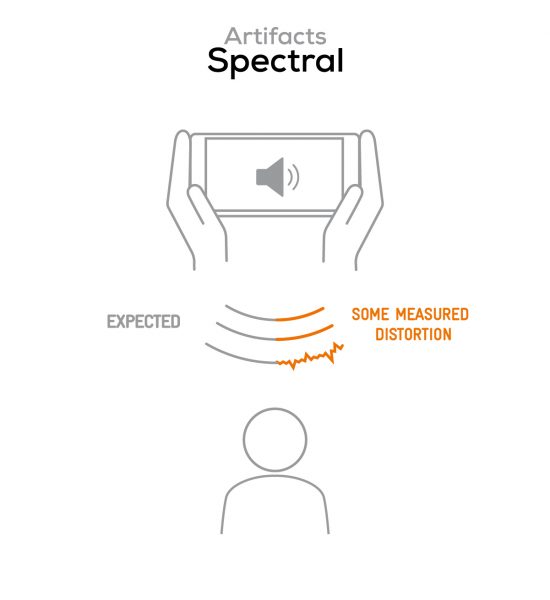
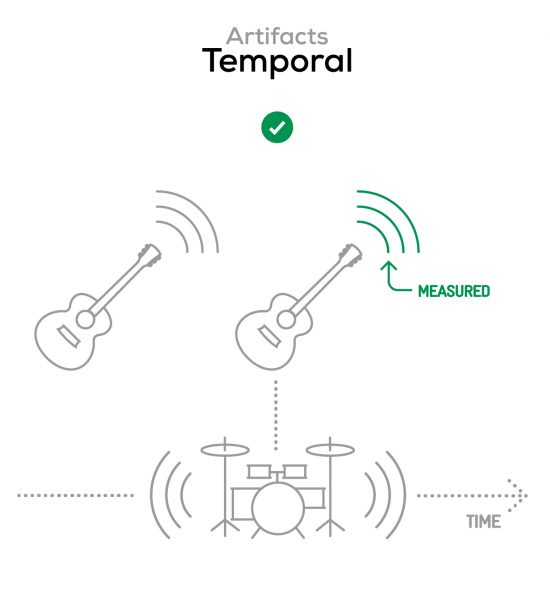
It represents the distortion and noise of the device playing our test signal (0 dB Fs, Sweep Sine in an anechoic box at 40 cm) at the device's maximum volume.
Recording
Huawei Mate 50 Pro
160
DXOMARK engineers test recording by evaluating the recorded files on reference audio equipment. Those recordings are done in our labs and in real-life conditions, using default apps and settings.
The Huawei isn’t quite as good as a recording device as it is for playback, but it still offered a decent performance in our testing. Timbre was good when recording with the main camera but left room for improvement with other applications as the tonal balance sounded muffled with both selfie camera and memo app. Dynamics performance was overall subpar, although envelope rendition was still pretty good with main camera recordings. Signal-to-noise ratio was also good in both main and front camera recordings.
Main camera videos offered average localizability of sound sources and a slightly narrow sound scene. Voices also sounded slightly further away than they should have been. With the selfie camera in portrait orientation, the audio scene was even more narrow, with very blurry localizability. On the plus side, memo recordings on the Mate 50 Pro are in stereo, offering good wideness and localizability.
Recording loudness was consistently good across all use cases but recordings of loud content were strongly impaired by compression and distortion. Very distinct distortion was also noticeable on sudden loud noises. The Huawei’s heavy noise reduction algorithm caused phase issues in some recording elements. Background was heavily processed as well, resulting in a poor background tonal balance and very noticeable artifacts.
Here is how the Huawei Mate 50 Pro performs in recording use cases compared to its competitors:

Timbre
Huawei Mate 50 Pro
147
The Timbre score represents how well a phone captures sounds across the audible tonal range and takes into account bass, midrange, treble, and tonal balance. It is the most important attribute for recording.

Dynamics
Huawei Mate 50 Pro
146
The Dynamics score measures the accuracy of changes in the energy level of sound sources, for example how precisely a voice's plosives (the p's, t's and k's, for example) are reproduced. The score also considers the Signal-to-Noise Ratio (SNR), for example how loud the main voice is compared to the background noise.
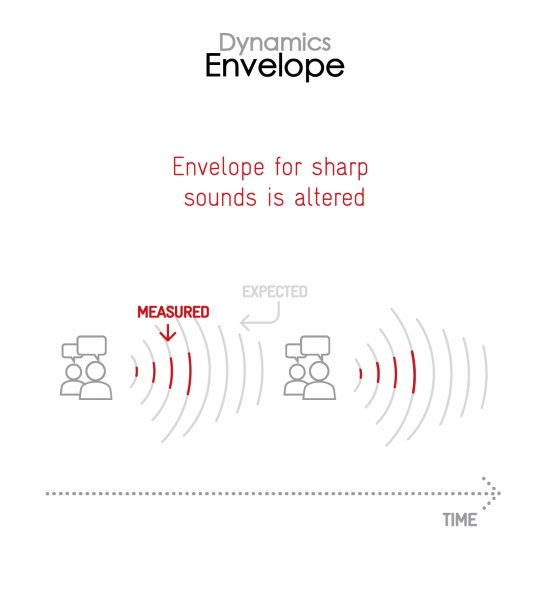
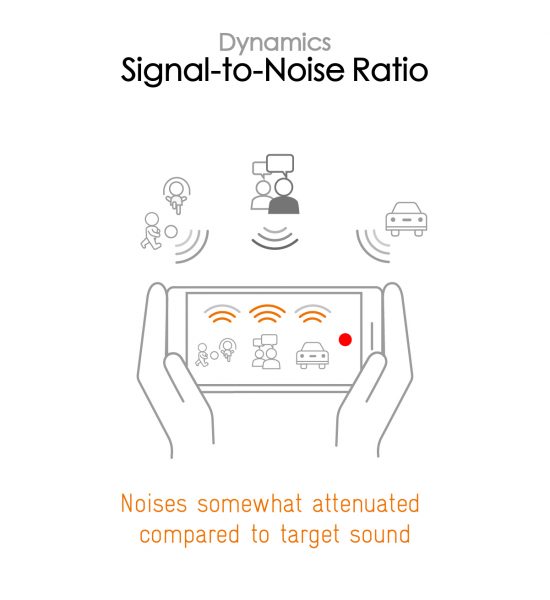

Spatial
Huawei Mate 50 Pro
159
The sub-attributes for spatial tests include pinpointing a specific sound's location, its positional balance, distance, and wideness on the recorded audio files.
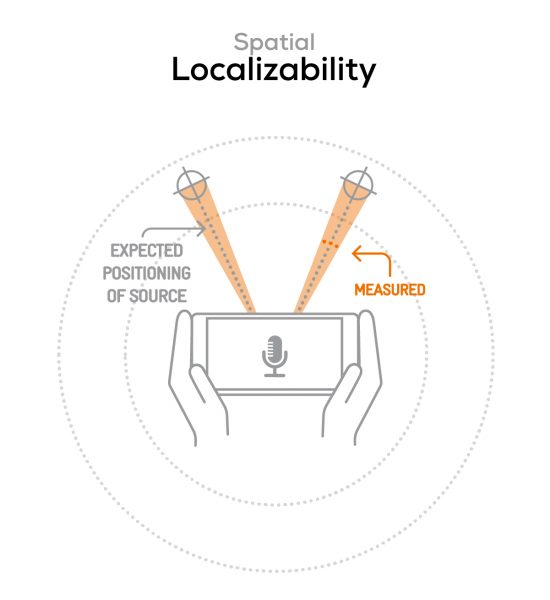
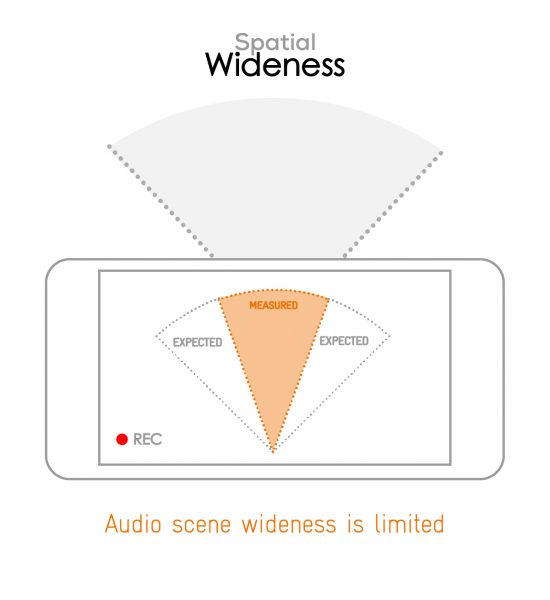

Volume
Huawei Mate 50 Pro
170
The Volume score represents how loud audio is normalized on the recorded files and the how the device handles loud environments, such as electronic concerts, when recording.
| Meeting | Life Video | Selfie Video | Memo | |
| Huawei Mate 50 Pro | -25.9 LUFS | -20.4 LUFS | -19.6 LUFS | -21 LUFS |
| Apple iPhone 14 Pro Max | -26 LUFS | -22.9 LUFS | -19.2 LUFS | -19.6 LUFS |
| Xiaomi 12S Ultra | -28.3 LUFS | -20.8 LUFS | -19.1 LUFS | -20.4 LUFS |
The Artifacts score measures the extent to which the recorded sounds are affected by various types of distortions. The higher the score, the less the disturbances in the sound are noticeable. Distortions can occur because of sound processing in the device and the quality of the microphones, as well as user handling, such as how the phone is held.
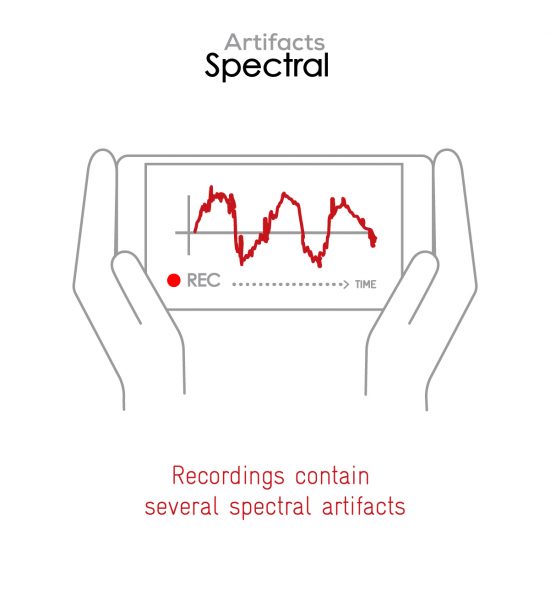
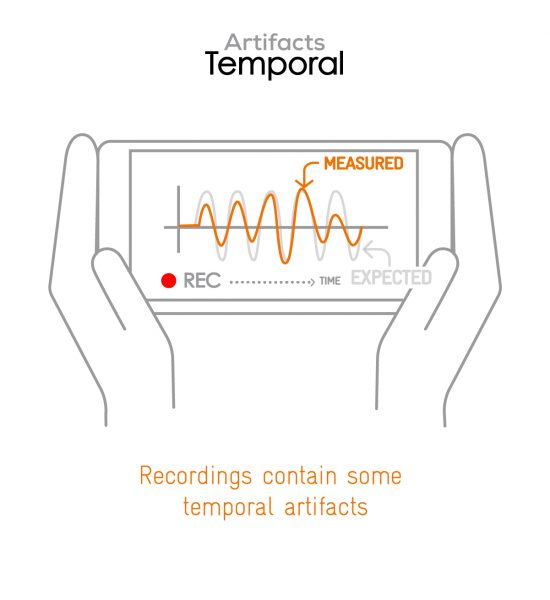
In this audio comparison, you can listen to the way this smartphone handles wind noise relative to its competitors:

Background
Huawei Mate 50 Pro
166
Background evaluates how natural the various sounds around a voice blend into the video recording file. For example, when recording a speech at an event, the background should not interfere with the main voice, yet it should provide some context of the surroundings.
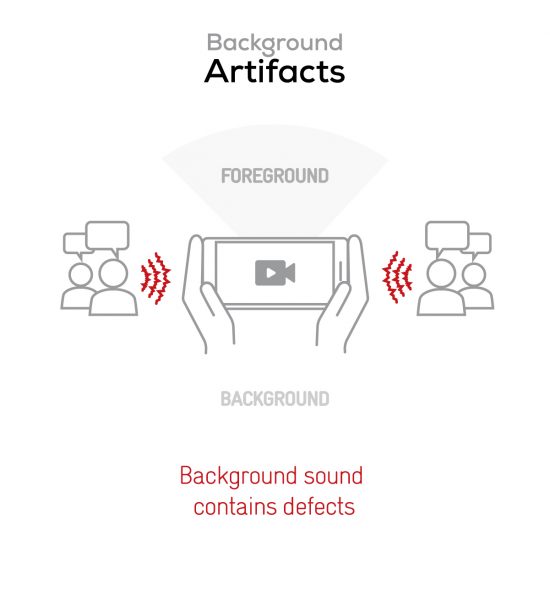
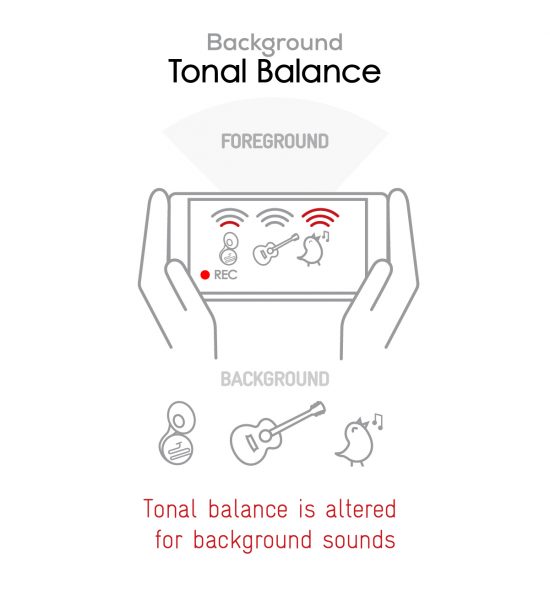


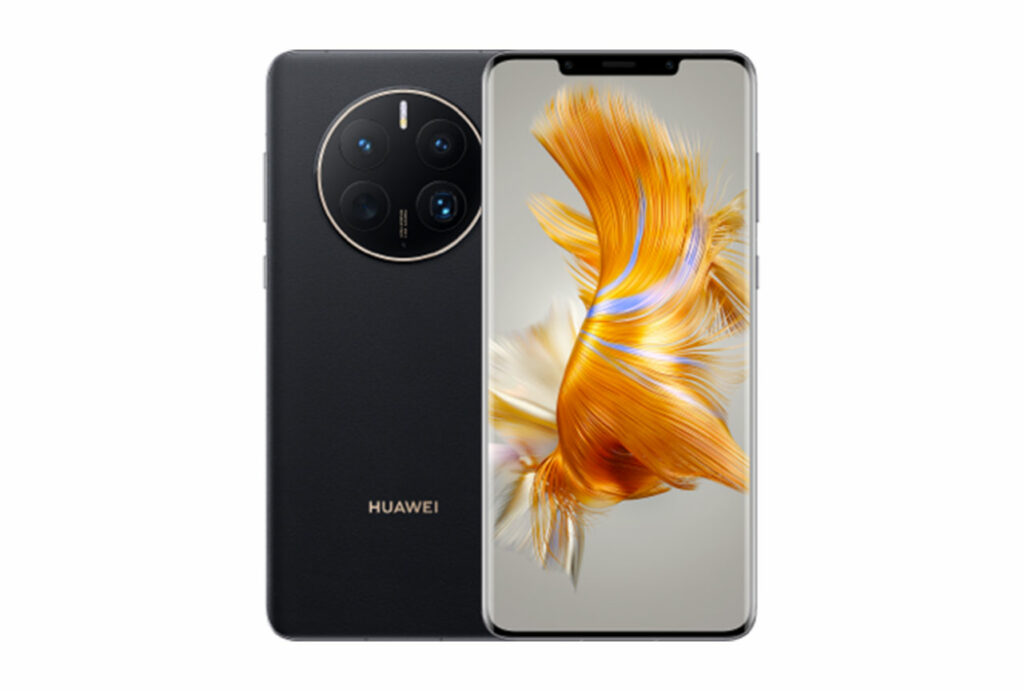

DXOMARK encourages its readers to share comments on the articles. To read or post comments, Disqus cookies are required. Change your Cookies Preferences and read more about our Comment Policy.